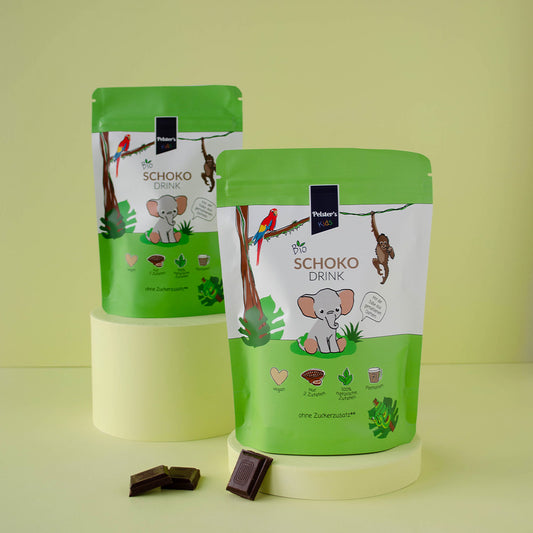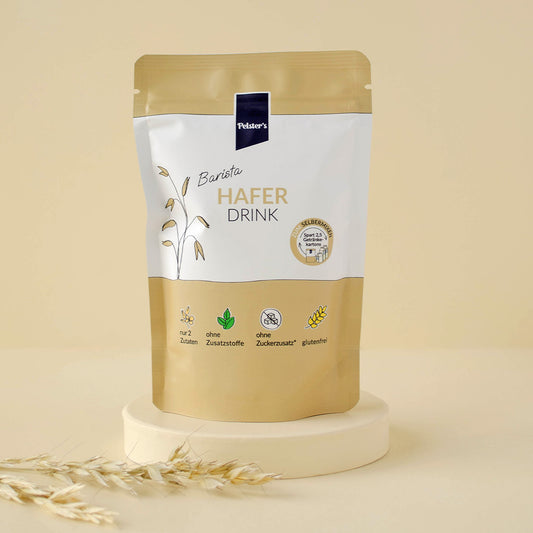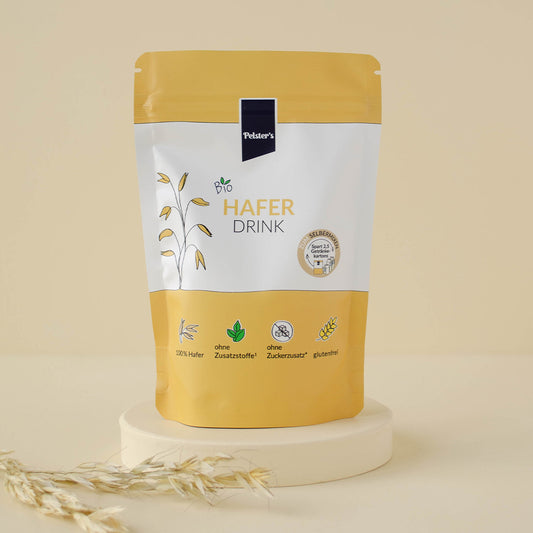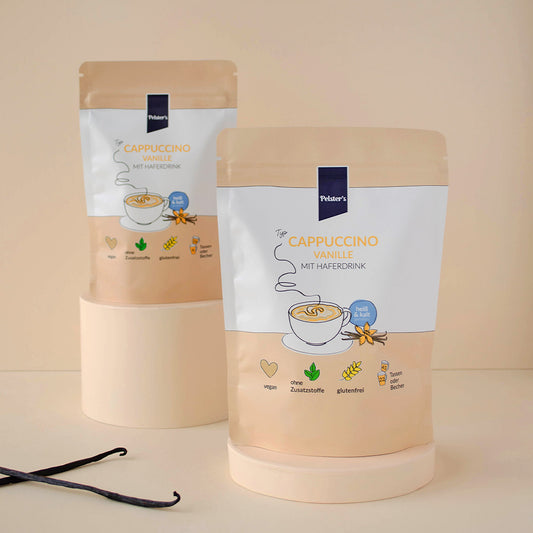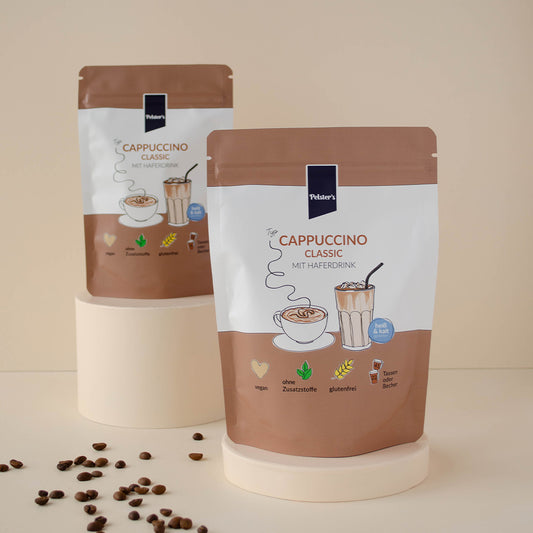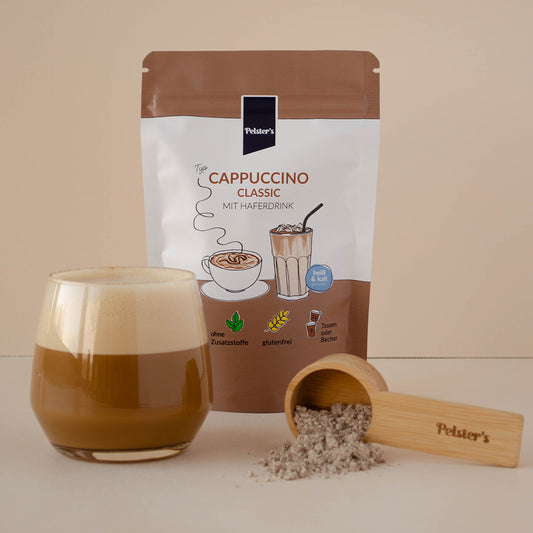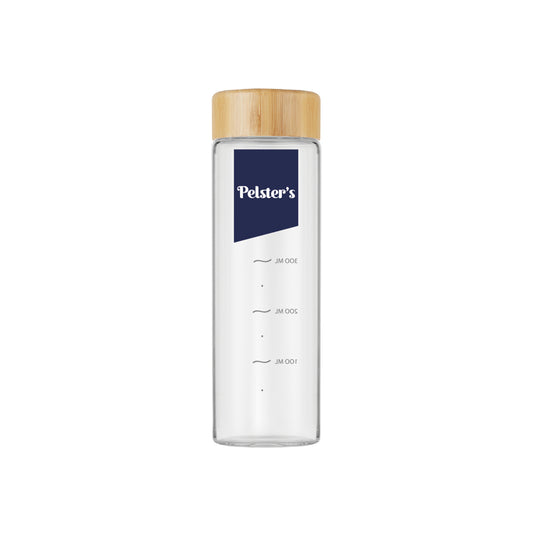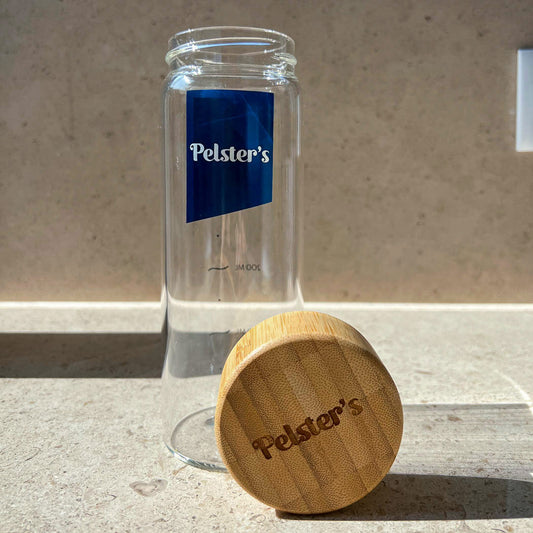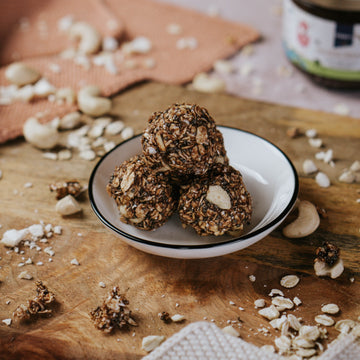In recent years, there has been a sharp increase in interest in plant-based and functional foods, particularly in terms of maintaining health and preventing disease. (1) This development has led to increased consumption of such foods and increasing demand. (2) A notable component of this movement is matcha, a finely ground green tea powder obtained from the tea plant Camellia sinensis . (1) Although our knowledge of matcha is still in its infancy, there is already some evidence of its positive health effects. (2)
What is Matcha?
Matcha tea powder is made from the leaves of the tea plant Camellia sinensis , which is also used to make other popular teas such as black and green tea. Matcha is rich in polyphenols, amino acids and caffeine, giving it a variety of health-promoting properties. (1) The content of these valuable phytochemicals depends on various factors, including growing conditions, the age of the leaves, storage and processing, and the shading of the plants during growth.(2)
The time of harvest also affects the nutritional content of the tea leaves. Leaves from the second and third harvest tend to be richer in health-promoting ingredients than the first harvest. (2) After harvesting, the leaves are dried and traditionally ground into powder using stone mills. This technique originated in China in the 11th century and was adopted in Japan in the 14th century. The powder obtained in this way is then infused with hot water, which absorbs all of the leaves' nutritional content. (1)
Nutrients in Matcha
Compared to other types of tea, matcha is particularly rich in bioactive components such as catechins, theanine, amino acids and caffeine. These compounds are known for their chemopreventive, antioxidant and mood-enhancing properties. The high antioxidant content is particularly noteworthy. (1)
The role of antioxidants
Antioxidants are compounds that are found in large quantities in plant-based foods and slow down or prevent oxidative processes. In this way, they protect the body from the harmful effects of free radicals. When brewing matcha powder, the antioxidant potential is best developed at a temperature of around 90°C, as the higher temperature promotes the release of biologically active compounds.
Polyphenols, a group of powerful antioxidant compounds, have the potential to reduce oxidative stress. They can reduce the activity of metabolically active carcinomas and reduce the risk of various diseases. A particularly important compound among polyphenols is rutin, a flavonoid that strengthens blood vessels, has anti-inflammatory effects, supports the immune system and slows down the oxidation of vitamin C.
Catechins, another important group of polyphenols, are a major source in tea and help neutralize free radicals and increase the detoxification activity of enzymes. They can also improve the elasticity of arteries and potentially prevent atherosclerosis, which can reduce the risk of heart disease. In particular, epigallocatechin gallate, a catechin, exhibits neuroprotective effects and protects cells from oxidative damage that can lead to premature aging.
A natural, vegan source of these antioxidants is the Matcha with Oat Drink from Pelster's, which is available in organic quality from Japan. (2)
Health benefits of matcha 
Poor diet, stress and environmental factors can contribute to the formation of free radicals in the body. Antioxidants from matcha can help restore and maintain balance in the organism. They promote the detoxification of the body and strengthen the immune system, which can reduce the risk of cardiovascular disease and cancer.
Matcha's anti-inflammatory and antioxidant properties help promote health and delay the onset of disease, making it a valuable component of a balanced diet and a promising tool in the fight against health challenges.(2)
Overall, it turns out that matcha is much more than just a trendy drink. It offers an impressive range of health benefits that can make it an integral part of a healthy lifestyle. Try our delicious matcha with oat drink and discover the power of this green wonder drug for yourself!







